Black pepper is the most common type of spice due to its flavor compounds. Consequently, black pepper has been used for a variety of purposes, including medical and culinary uses.
Contents
The origin of black pepper
The origin of black pepper goes back 4000 years ago when it was used in Indian cooking. At first, Egypt used black pepper to stuff in the nostrils of the Egyptian Pharaoh when he was mummified. This suggests the existence of trade between Egypt and India during the ancient time and explains the origin of black pepper.

The origin of black pepper
Black pepper is the world’s most traded spice, which has been introduced into tropical areas of Africa and the Western Hemisphere.
Characteristics of black pepper
To understand black pepper characteristics, several components, including black pepper varieties, cultivation process, harvesting season, flavor, and types of pepper must be acknowledged.
Varieties of black pepper
According to Internation Food Standards, depending on the weight/volume, the non-processed black pepper (NP) or semi-processed pepper (SP) is divided into four categories: special grade, grade 1, grade 2, and grade 3.
The following table describes some physical and chemical specifications of black pepper:
| Criteria | Specifications | ||||
| Black pepper NP or SP | Processed pepper | ||||
| Special Grade | Grade 1 | Grade 2 | Grade 3 | ||
| The extraneous matter (%) is no more than | 0,2 | 0,5 | 1,0 | 1,0 | 0,2 |
| Light berry (%) is no more than | 2 | 6 | 10 | 18 | 2,0 |
| Pinhead and broken berry (%) is no more than | 2,0 | 2,0 | 4,0 | 4,0 | 1,0 |
| G/L is no less than | 600 | 550 | 500 | 450 | 600 |
| Moisture content (%) no more than | 12,0 | 12,0 | 12,0 | 12,0 | 12,5 |
| Piperine content (%) no less than | 4,0 | 4,0 | 4,0 | 4,0 | 4,0 |
In addition, the black pepper SPEC largely impacts the price. The standard of G/L (Gram/Liter) is used by dealers to classify pepper according to each price level. The higher the G/L, the better the quality of the pepper. For example, 500GL black pepper, 12% moisture, 2% admixture will have a higher price than the same 500GL black pepper product, 13.5% moisture, 4% admixture.
There are various forms of black pepper, categorized by the Vietnam Black Pepper Quality Standard. Vietnam, Brazil, and India – the largest pepper production countries can supply these types of pepper due to their large production capacity and cultivation area.
Uses of each type of black pepper:
- Grade 3 is used in wholesale activities. Traders buy this type of pepper from the farmers, which has not been processed.
- Grade 2 is cleaned and filtered impurities, leaves, stalks but has not been classified. This type of pepper is used to make ground pepper in the restaurant, often sold in the market as a processing spice.
- Grade 1 is usually sold in dry goods stores, grocery stores, and large supermarkets. The grain size is uniform, no flat seeds. Fine grade 1 black pepper means firm seeds, usually quite heavy.
- Special Grade: Beautiful, smooth peppercorns. The pungent and aroma are retained the highest compared to other types. In addition to being used for food processing, it is also often used as a gift in India.
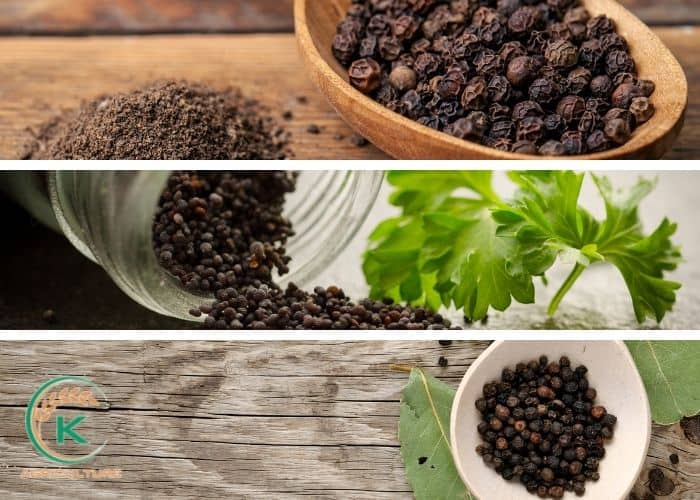
Uses of each type of black pepper
How to process black pepper?
Black pepper is produced from the still-green, unripe drupe of the pepper plant. It is important that the spikes are harvested and processed for several stages.
- Harvesting: The berries should be harvested by hand when one of the berries starts going red. Each country has its own criteria.
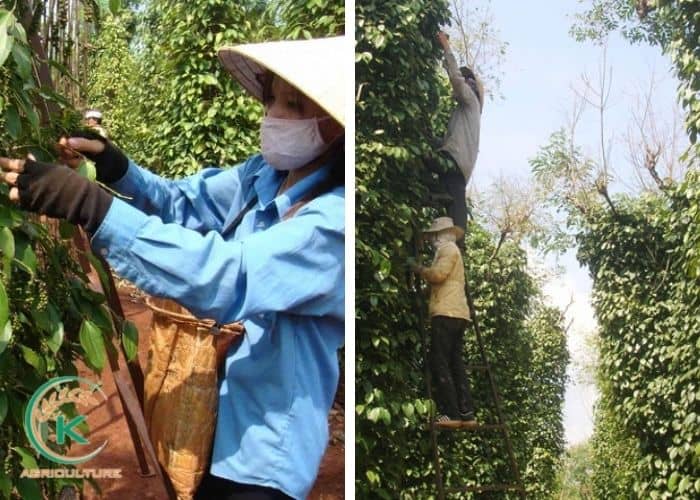
Black pepper processed
- Fermentation: After being harvested, berries must be fermented under the sun, which allows enzymatic reactions and makes the outer skin a black color. The length of fermentation is different in a specific country from a few hours in Sri Lanka to a few days as in Indonesia. The fermentation time depends on the method, temperature, and the final quality demanded.
- Threshing: The berries are removed by foot or some specialized tools. Afterward, a winnowing basket is used to distinguish larger pieces and smaller pieces. This step may take place after drying such as in Sri Lanka.
- Washing: The black pepper berries are soaked in cold water to classify which one is suitable for culinary uses.
- Blanching: This is the step in which encourages the dry and enzymatic process to make the desired black color. Berries should be immersed in hot water for 10 minutes until the outer color darkens. A simple way of blanching is to place berries in a sack attached to a stick. The sack can then be immersed and removed from the hot water with relative ease. This step may not be necessary but is implied in the black pepper process in Indonesia and Sri Lanka.
- Drying: To make the final product of black pepper, drying is the most important step. For small-scale producers, sun-drying is the most common method in use. Pepper is placed on the clean mats and raked every 3-4 hours, aways from sources of contamination. Pepper should reach 12-13.5% of moisture. Artificial driers can also be used in the drying process instead of the natural processes. The machine operates under 80°C to avoid losing necessary components.
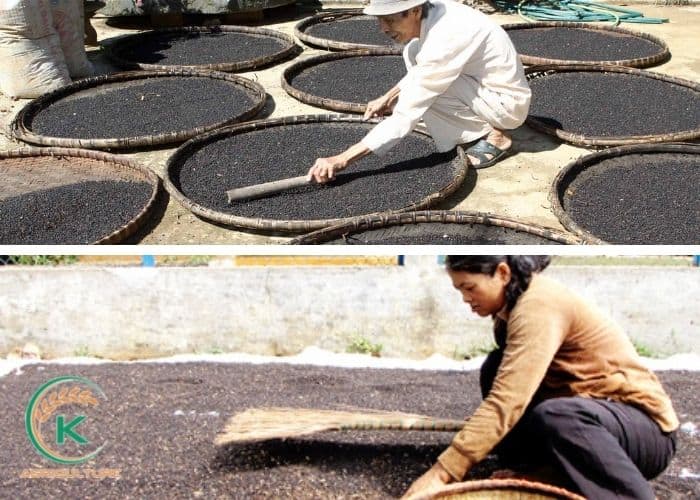
Artificial driers in drying process of black pepper
- Grading: Removing dust and dirt and grading can be carried out by winnowing baskets.
- Grinding: Grinding will add commercial value to the black pepper when being traded.
- Packaging and storage: Afterward, to make a high-quality black pepper, the product has to be stored carefully to conserve standard moisture and flavor components. With wholesale black pepper orders, a polypropylene container or simple electric heat is a suitable sealing selection to cover and protect the product.

Packaging and storage of black pepper
The harvesting and drying stages must be placed in a priority to ensure final quality products. Harvest pepper not reaching the required maturity and even a slight trace of mold would have decreased the value of pepper.
Harvesting seasons of black pepper in different countries
The first commercial yield from cuttings is harvested from the third year and the maximum yield is from the seventh year. The harvesting time in South Africa is from November to January.
According to Agriculture, Land Reform and Rural Development of REPUBLIC OF SOUTH AFRICA, harvesting calendar of black pepper in typical exporting countries are:
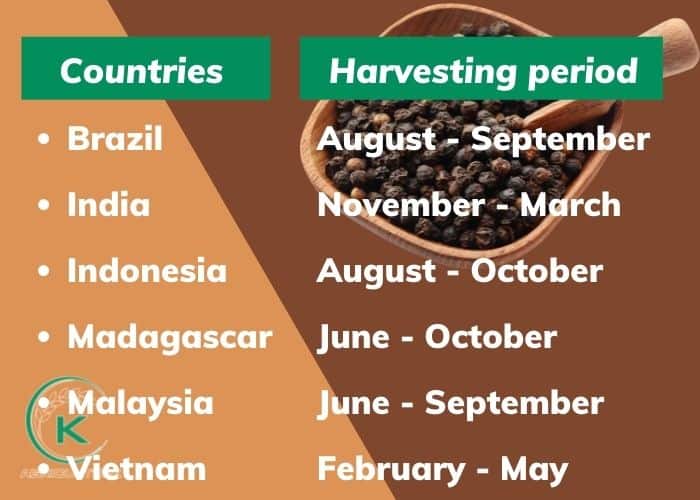
Harvesting period of several black pepper exporting countries
Black pepper can be harvested throughout the years in different regions of the world. Buyers should focus on the harvesting season of each country to trade for a reasonable price and quality product based on abundant supply and without excessive storage costs.
Flavor compounds in black pepper
It is noticeable that black pepper has a uniquely pungent and aromatic scent, which is both biting and hot at the same time. Other components that contribute to the scent of pepper are germacrene, limonene, and pinene:

Flavor compounds in black pepper
- Piperin is re the compound responsible for the pungency in black pepper.
- Germacrene is spicy, warm, and also has a sweet aroma.
- Limonene has the scent of sweet, orange, and citrus.
Distinguish different types of pepper
To distinguish different types of pepper, the table illustrates several differences in flavor and characteristics:
| Characteristics | Flavor | |
| Black pepper | Unripe fruits. Black pepper is boiled, dried in the sun until it turns black and the skin becomes wrinkled. | Strongest flavor: hot, pungent, aromatic. |
| White pepper | Ripened, skinless. | Mild flavor. |
| Green pepper | Harvest when the fruit begins to have kernels. | Tart, less pungent and fresher than black pepper. |
| Red pepper | Pepper is harvested when the peppers have totally ripped and then carefully so that the red outer skin is not rubbed. | Mild flavor. |
Black pepper is the most familiar and commonly used in the household due to the large demand for culinary uses and the ease of production. The amount of black pepper of the 2 largest pepper exporters (Vietnam, Brazil) accounts for more than 80% compared to other types of pepper (IPC).
Black pepper economic value
Consider as the “King of Spices”, Black pepper is one of the main export agriculture products of agricultural countries. Pepper has contributed to economic growth, as well as eradicating poverty and improving the lives of farmers.

Black pepper economic value
- Help reduce unemployment status and provide high income to workers.
- Eradicate poverty and improve lives standards to the agricultural countries having suitable soil industrial crops.
- A new direction to help people implementing the model of intercropping between pepper and coffee will provide high yield, quality and maximize the value of the land.
- Pepper is a necessary components for medical uses, in the flavoring industry, and as a spice in the preparation of daily dishes.
The pepper industry has contributed largely to Asian countries. Indeed, the government in exporting countries is also promoting pepper trade activities through agreements: SAFTA, EVFTA,…
World’s top black pepper producing countries
There are 4 countries, including Viet Nam, Brazil, India, and Indonesia with the largest pepper production value in 2019.
| Countries | Production value (MT) |
| Vietnam | 260,000 |
| Brazil | 80,00 |
| Indonesia | 78,000 |
| India | 48,000 |
Top 4 countries with the largest pepper production value in 2019
(Sources: IPC)
Vietnam was a leading country producing black pepper with a total production value of 216,000 MT. Vietnamese black pepper has exported to more than 100 countries since 2019. The modern farming techniques and intense application of capital are the main factors that create the high-quality with reasonable price black pepper in Vietnam.
Experts predict that the global black pepper market size will reach 7.2 billion USD by 2026 at a CAGR value of 4.9% from 2021 to 2026 and North America will hold the highest market share in the black pepper market.
Black pepper and the human life
Not only a useful spice for dishes but black pepper also known as a medicine to prevent diseases due to its components.
Health benefits of black pepper
Here are some proven health benefits of black pepper:
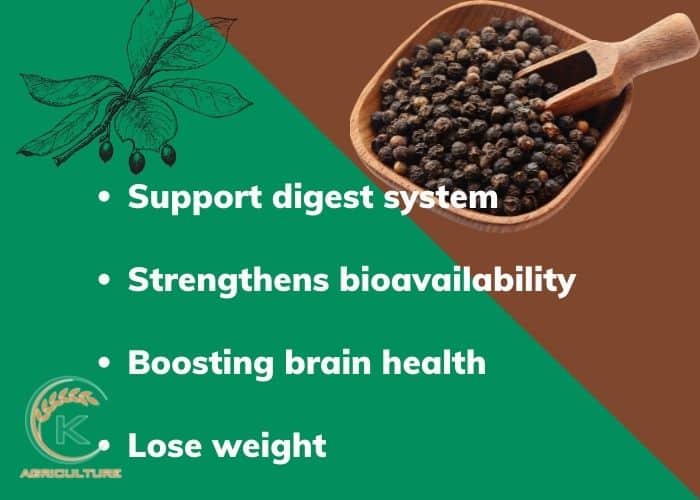
Health benefits of black pepper
- Support digest system: Piperine is an excellent digestive tool. It provides energy to taste buds and creates more hydrochloric acid, which helps digest proteins and other foods in the stomach. Good digestion is vital to prevent diarrhea, constipation, and other stomach-related diseases.
- Strengthens bioavailability: One of the most beneficial effects of black pepper is that it strengthens bioavailability. Specifically, black pepper enhances the ability to absorb and transport nutrients that benefit the immune system.
- Boosting brain health: Black pepper is a rich source of manganese, iron, potassium, vitamin C, and dietary fiber which stimulate the neural pathway in the brain, boosting brain health and memorization.
- Lose weight: The component of pepper extracts the most needed nutrients from the food. The outer layers of black pepper contain phytonutrients – essential nutrition to break down fat cells in the body.
Bottom-lined, the most important component of black pepper is piperine. This chemical has many effects on the body. It can reduce pain, reduce inflammation, and other benefits to health.
Common culinary uses of black pepper
Due to its characteristics, black pepper is a versatile ingredient that is necessary for a variety of recipes such as:
- Add flavor and spice to the overall dishes like meats, fish, vegetables, salad dressings, soups, stir-fries, pasta, with hot, pungent, and aromatic flavor.
- As an ingredient in both savory and sweet preparations like fruitcakes, bread, pies to add a peppery-spice note.
- Seasoning: Black peppercorns along with other spices and seasonings used to marinate chicken, fish, and meat in restaurants and hotels.

Culinary uses of black pepper
Black pepper used in small doses and in a suitable way can stimulate sense in dishes. However, do not use too much pepper because it can cause unwanted effects.
Top 3 prestigious black pepper brands
There are the top 3 prestigious black pepper brands for customers on the market.
Baria pepper
Established in 1985, Baria pepper aimed to take considerable knowledge of both the product and the local market to reach more customers domestically and internationally. Baria pepper has exported to America, Europe, the Middle East, and other countries in Asia. With the strong connection with local farmers, Baria pepper has a great advantage in controlling the quality and price of the pepper.
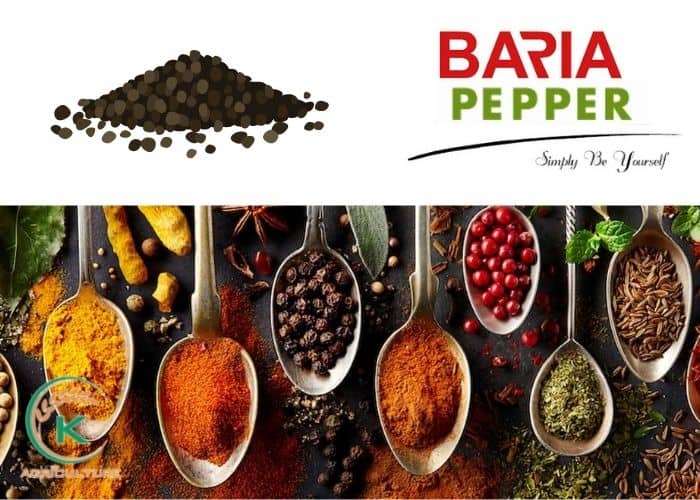
Baria Pepper
K-Agriculture
The company is prestigious with the best quality of pepper and reasonable prices. Black pepper of K-Agriculture has IOS BRC, HACCP, and other international quality certificates. So far, K-Agriculture has successfully presented in fastidious markets over the world such as Africa, the USA, and Japan.

K-Agriculture
Contact information:
Phone: +84855 555 837
Website: k-agriculture.com
Email: info@k-agriculture.com
Hanfimex
HANFIMEX is a leading enterprise in Vietnam, specializing in the production and export of agriculture products, including cashew nuts, pepper, coffee, coconut,… The company has exported and cooperated with Europe, the Middle East, Canada, and the US.

Hanfimex
Product details:
Black Pepper FAQ
Density: 500g/l; 550g/l; 570g/l; 580g/l; 600g/l
Packing: Buyers’ Option
Port of loading: Hochiminh, Vietnam
Origin: Vietnam
Conclusion
If you want to find sources of black pepper and learn about the pepper industry, feel free to visit K-Agriculture website: k-agriculture.com or contact us via Whatsapp: +84855 555 837



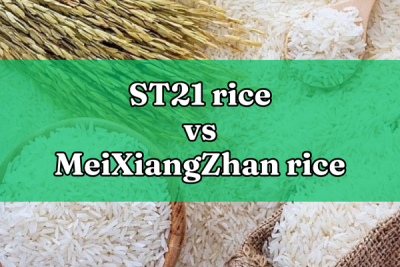

[…] there are 4 main types of pepper on the market: black pepper, white pepper, red pepper, and green pepper. However, black pepper and white pepper are the two […]